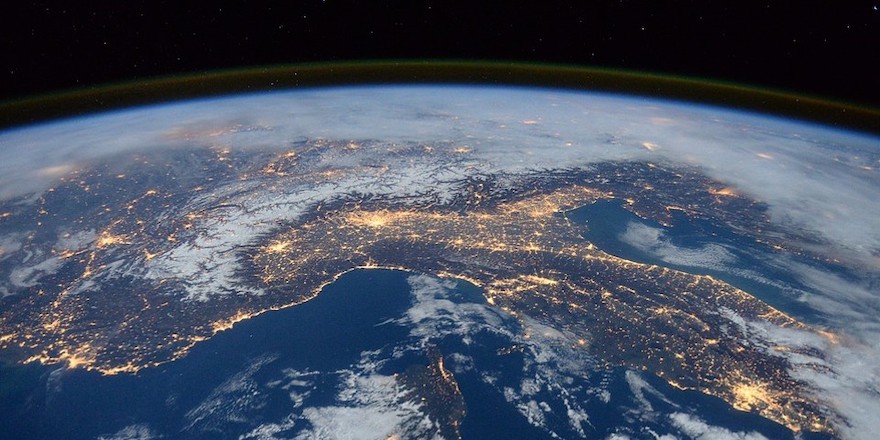UVic Brings Climate Expertise to NASA Satellite Mission
Students at the University of Victoria are earning incredible hands-on training with a NASA satellite mission.

A University of Victoria researcher is part of a national team that will develop instruments to be deployed into space as part of a multi-nation NASA satellite mission: the Atmosphere Observing System (AOS). The resulting data will be vital to improve forecasts, inform climate models, and help humankind respond to climate change.
The High-altitude, Aerosol, Water vapour, and Clouds (HAWC) mission, which will keep an eye on the upper atmosphere over the Arctic and Antarctic, was announced in October in Ottawa by François-Philippe Champagne, federal minister of Innovation, Science and Industry.
What will the HAWC mission do?
Colin Goldblatt, associate professor in the School of Earth and Ocean Sciences, is a member of the Canadian Space Agency’s HAWC mission. HAWC will measure water vapour and clouds at high altitudes and high latitudes — specifically over the polar regions. Goldblatt brings his climate modelling and remote sensing data expertise to the HAWC mission.
HAWC will respond to the need for efficient and accurate data that will help make evidence-informed decisions to combat climate change. Improving weather prediction data will help Canada and regions around the world to prepare for extreme events such as winter storms, wildfire smoke plumes, heavy precipitation, and volcanic eruptions.
UVic students get incredible hand-on training opportunity
As the HAWC mission is developed, students in Goldblatt’s lab will get hands-on training in how to use and interpret satellite observations and remote sensing data — before the data is even delivered. This will produce more highly qualified scientists who can help understand our changing weather, air quality, and climate.
Participating in Canada’s contribution to NASA’s flagship AOS expands UVic’s commitment to the United Nations Sustainable Development Goals, or UN SDGs. In 2022, UVic ranked second among the world’s universities for climate action, or SDG 13 by Times Higher Education.
Learn more about the HAWC mission
